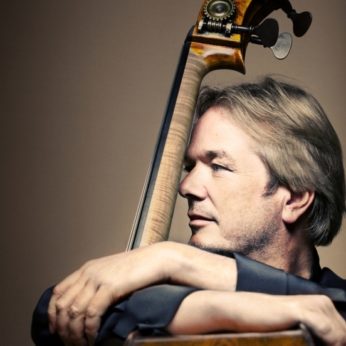I feel myself to be the most unhappy and wretched creature in the world. Imagine a man whose health will never be right again, and who in sheer despair over this ever makes things worse and worse, instead of better; imagine a man, I say, whose most brilliant hopes have perished, to whom the joy of love and friendship have nothing to offer but pain.
So wrote Schubert on the last day of March 1824 after he had completed the A minor and D minor String Quartets and the Octet. He had spent the first three months of the year fighting the severe symptoms associated with secondary syphilis, the original infection being contracted two years earlier. Pain sharpens the understanding and strengthens the mind; whereas joy seldom troubles about the former and softens the latter or makes it frivolous – he also wrote at this time.
It seems clear that he was making a ferocious effort to come to terms with his fatal condition and that he saw his musical inspiration as reflecting his physical tribulations – What I produce is due to my understanding of music and to my sorrows. All of which makes it hard to understand the conventional view of the Octet as a Divertimento in content as well as form. Beneath its relaxed exterior the shadows and the darkness can be discerned, though often ignored by musicians taking the primrose path.
The work was commissioned by the talented amateur clarinettist, Court Ferdinand Troyer, and was clearly modelled on Beethoven’s Septet. In terms of sheer scale the Octet far surpasses its predecessor and it constituted his most substantial completed chamber work, begging comparison with the size of his C major Symphony. Indeed Schubert considered the composition of the Octet and the two Quartets as part of a wider strategy to pave the way to composing a Grand Symphony to match Beethoven. All Vienna was then full of the imminent premiere of the Choral Symphony.
The Adagio introduction to the first movement is suitably solemn but tinged with melancholy. It is based on a dactylic rhythm associated with some of his more alienated Lieder. The motif reappears at the height of the recapitulation. The main theme, first heard on the clarinet, is outwardly light-hearted but has an insistent, dramatic quality, especially in the strings. The second subject is much cheerier but is continually being interrupted. The sense of unease is most evident in the recapitulation where even the second subject begins to walk on the wild side. The coda is magnificent with the horn singing out over throbbing strings.
The Adagio opens in a mood of contemplative calm led by the clarinet in drop-dead gorgeous mellow form. The beauty of this movement is intensified by that knowledge of the darkness that lies just below the surface. There is a long, languid transition to the second theme, which begins with threats of thunder in the lower strings. Eventually a variation of the opening theme returns and the process is recommenced in the same leisurely fashion until the mysterious coda is reached. Here the air of unhurried, Viennese calm is again disturbed by an intense air of disquiet in the strings, which the ever-cantabile clarinet cannot quite disperse.
The Scherzo is an irresistible dance; here Schubert’s resounding joie de vivre is infectious. The Viennese loved to dance and Schubert was their dancing master. The tragedy was that they did not discover him until he was gone. The Andante is a set of seven variations on a theme Schubert lifted from the Singspiele Die Fremde von Salamanka written in happier days, nine years earlier. The variations are straight forward, tending to alternate fast and slow tempi and giving the lead to different instruments. The third is the most memorable giving the lead to the horn accompanied by pizzicato strings and a delightfully dancing violin. At the very end the coda restates the theme in the strings with the horn muttering urgently beneath.
The courtly minuet has another ambivalent main theme given mostly by the strings, whereas the Trio is altogether more mobile and light-spirited. At the very end the horn and the strings let us glimpse the intensity the theme could reveal if allowed but the clarinet gently intervenes.
With the opening of the last movement the façade is finally stripped away and the forces of darkness are allowed to break through the gemütlich façade. It’s as though Shostakovich had gatecrashed a children’s fancy-dress party. Nothing less than total despair could be behind such anguished music – a hushed bass tremolando herald a crashing orchestral outburst repeated several times in motif-like fashion. The instruments are drawn into the main movement by the horn in a brave attempt to return to normality, but the bouncy theme gets driven closer to the edge by wild figures in the first violin and horn. Each time the music starts up again it gets more and more frantic until we are hurled again into the nightmare opening where the tremolandos are eerily foreshortened and barely recognisable. After this there is nothing left but a wild rush to the end.
